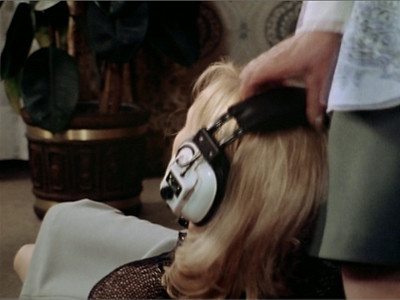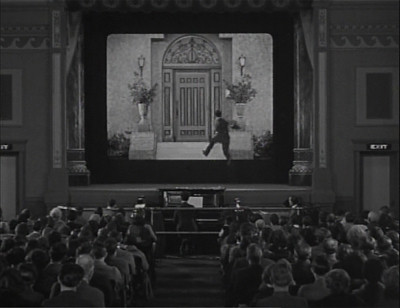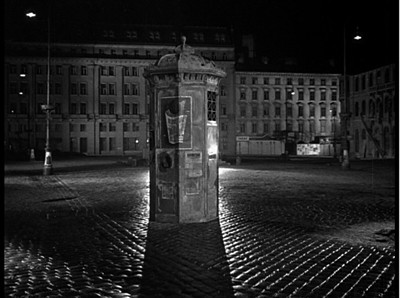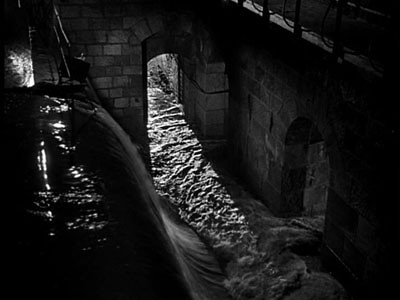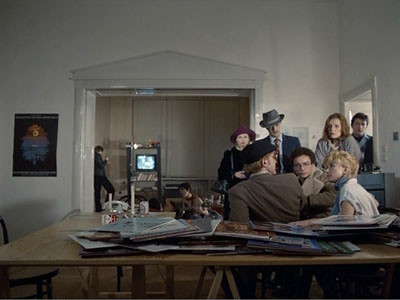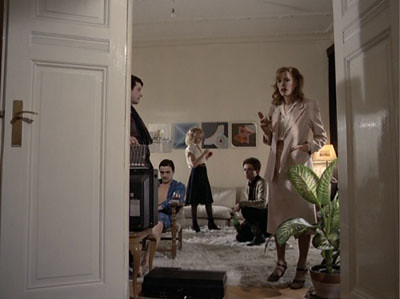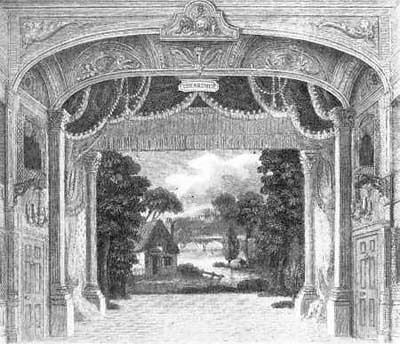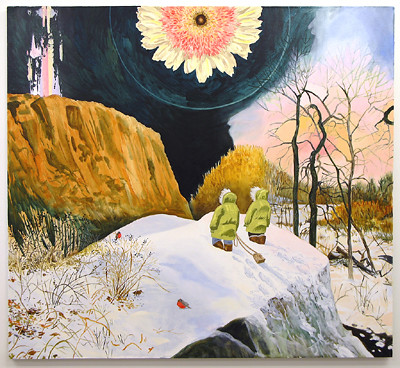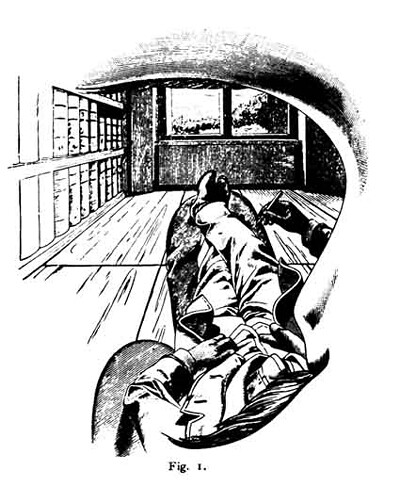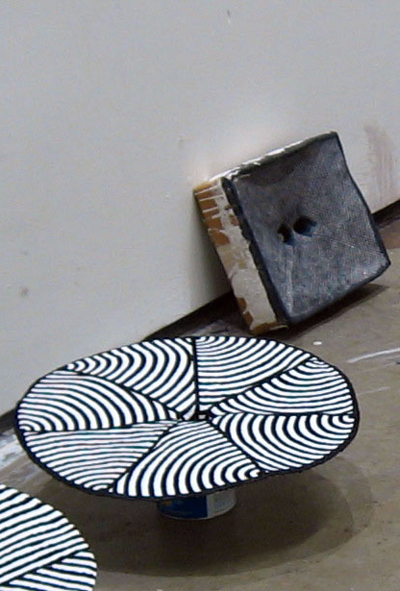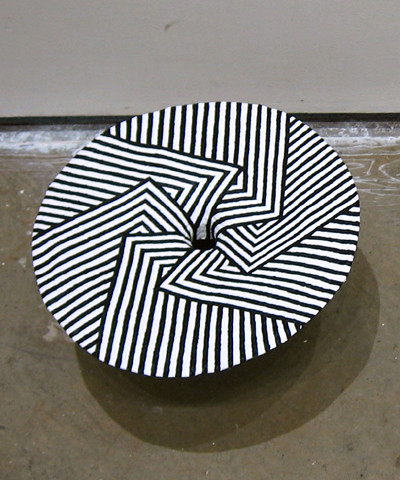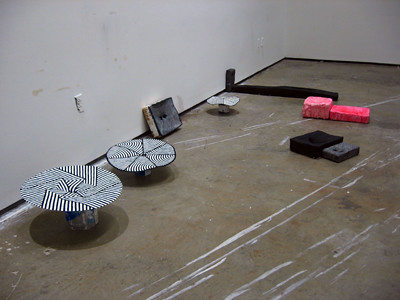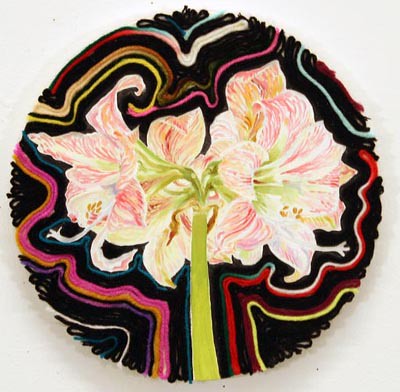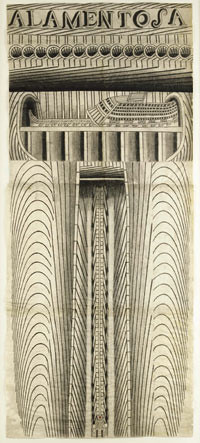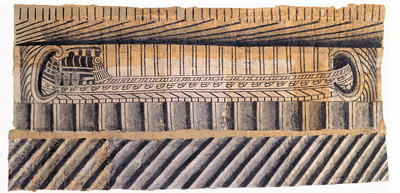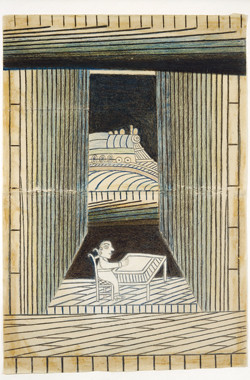Fort Leaf, Fort Nest, Fort Thunder—the fort is a common trope in contemporary pop culture, evoking overgrown, crumbling battlements one might have visited with one’s family on a Sunday excursion, couch-cushion bivouacs, and all manner of defended overlooks from which one might peep the world beyond before retreating into the warm, woolen imagination-spaces of privacy.
From its
inception, Fort Kant has wished to situate itself in this poetic space, and last Friday, had I not cancelled plans to visit a friend,
Chris, and watch him perform at another Chutney Flats house show, I would have heard him dedicate his final song to Fort Kant:
This fort was taken once
Ten thousand years ago
And once again every summer and spring
By the winds of Mexico
Like a hollow log with a message tucked inside
And set upon the ocean for a ride
I have a particular
soft spot for forts in Maine, and it was in defense of one of these that I nearly came to blows with a couple of self-proclaimed anarchists from Detroit.
On Tuesday, I drove up to Lewiston to see my friend Jacob, whose band,
Extreme Animals, was playing a show at a “collective” called
Bangarang. (Aside from the fliers wheat-pasted to the walls, the anti-globalization slogans on the fridge, and the requisite Beehive
Plan Columbia banner, I couldn’t tell what made the house a more interesting or noble experiment in living than any house shared by roommates, though the principle of charity suggests that tenants’ engagement in the community probably extends beyond wearing trucker hats with the names of industrial businesses in neighboring towns and attending Bates College.) After the show—equal parts dance party and performance art—when people were milling about the kitchen, some visitors from Detroit, E. and W., decided to impress the band with tales of their exploits that afternoon. They had taken the ferry out to Peaks Island (part of the city of Portland, my home) and graffitied Battery Steele, a WWII-era artillery post that is now open to the public.

W. produced a spray-painting stencil from her courier bag and offered it to the band as a gift. The image was a sort of devil face that she identified as something from
V for Vendetta, a comic book and motion picture (starring Natalie Portman) that deals in some way with anarchist themes. E. and W. had just seen the movie (last weekend’s biggest box-office draw, according to a Yahoo! headline I happened to see), and they shared some choice quotes with the band; the principle of charity suggests that they might also have quoted Proudhon or Emma Goldman with equal ease. They promised to bring along some photos of their Battery Steele graffiti to an upcoming Extreme Animals show in Ann Arbor.
When I realized that calling the police wasn’t really an option, I decided to confront the vandals myself, challenging their action as arrogant, aesthetically and historically destructive, and insensitive to a community that they, as visitors, ought to have treated with respect. I also totally lost my cool and called them poseurs, etc., which I deeply regret, and which, moreover, is never very persuasive in an argument, though it is certainly the case that E. cut a poor figure defending his act as a strike against imperialist aggression while he opened the fridge to bag up the remaining cans from his Pabst Blue Ribbon 12-pack.
It’s hard to believe that the vandalism of E. and W. could have been intended as a political event, for a long disused fort on an island in Maine is a fairly absurd venue, and spray-painting a fairly meager statement. Nor should we see their action as mere posturing, akin to sewing an anti-WTO patch on one’s jacket or affixing a bumper sticker to one’s bike helmet. Rather, we should recognize their action as an advertisement for the motion picture
V for Vendetta. Battery Steele has been branded. In this sense, they have succeeded in a political action: recasting a public good as corporate property.
Each crack in the concrete, each weed and patch of moss, each running stain of rust, its particular fade, makes a subtle claim to communication and rewards care with the discovery of something that exists only one place in the universe, gently; blazing above these, communicating with literally graphic violence, is a devil face, its edges determined not by an inner course of vitality, like a leaf’s edge, but by a distant original whose lines are transmitted through corporate channels to the X-ACTO knife of the deluded crust-punk whose stencil says, among other things, that its user has no idea what it would mean to DIY. The devil face that burns itself into brain after brain—this is the original sense of branding: a scar that can be recognized immediately, and whose coercive knowability functions to erase the particularity of its bearer. Communication, if it hails its addressee
as a person, must leave her the space to dissent, to recontextualize, and to reinterpret, for you cannot understand or embrace as your own something you are not allowed to refuse. A stylized image rarely leaves its addressee this freedom; a declarative sentence sometimes does; natural and historical objects almost always do.
